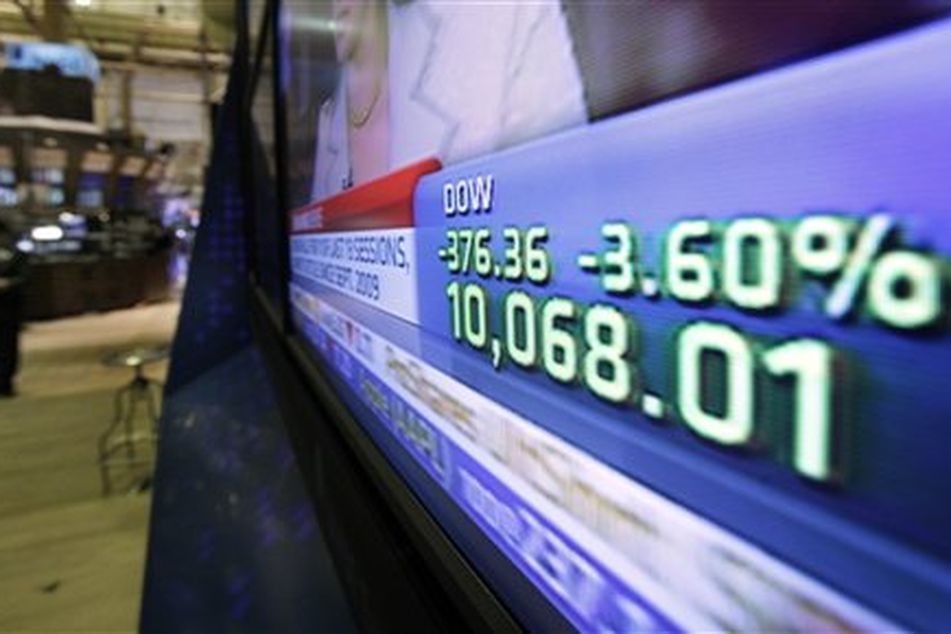Dow to hit all-time year next year? Odds look good

Yes, the Dow will top 14,440 next year -- if the past is any guide. In fact, historical trading patterns indicate that a record run-up in the market is almost inevitable. Your move.
The stock market’s strong finish in 2010 has the momentum of history behind it and could push share prices to record highs in 2011, according to Jeffrey Hirsch, editor-in-chief of Stock Traders Almanac.
In an analysis of market peaks and valleys over election cycles dating back to 1914, Mr. Hirsch found that the Dow Jones Industrial Average tends to gain about 50% from a low in the midterm election year to a peak the following year.
Applying that pattern to the Dow’s July 10 low of 9,686 means investors could expect a 2011 peak of more than 14,450, which is nearly 25% above where the index is currently trading.
It would be a new high for the Dow, surpassing the mark set in October 2007.
“We’ll get a better reading on this once we see how the new Congress works with the president,” Mr. Hirsch said. “Timing and level-wise, the midterm rally is under way, but there are still some things lurking like high unemployment, credit and housing issues.”
The Dow gained more than 5% in December, is up 7.4% from the start of the fourth quarter, and has gained nearly 20% from the July low point.
Mr. Hirsch admits the analysis factors in the historic pattern of the third year of a presidential term, which hasn’t seen a negative stock market since the 2.9% decline in 1939.
Of the 24 midterm market rallies between 1914 and 2007, the biggest gain was 89.6% in 1915, followed by an 81.2% gain in 1987, and a 73.6% gain in 1935.
The smallest midterm market advance was a 14.5% gain in 1947 during the industrial construction after World War II.
Mr. Hirsch’s research found that the next four smallest market rallies also coincided with significant geopolitical and economic challenges.
In 1979, during an economic downturn and the Iranian hostage crisis, the midterm rally was 21%.
In the midst of the economic collapse in 1931, the Dow’s midterm rally was 23.4%.
During the Vietnam War in 1967, the Dow’s rally was 26.7%.
And, during the period ending Oct. 9, 2007, with the country in two wars, the Dow reached its all-time high of 14,164 for a midterm rally of 32.8%.
Dating all the way back to Andrew Jackson in 1833, the Dow has seen an average one-year gain of 10.5% during the third year.
Over that 177-year period, which has included 44 third-year markets, the Dow was positive 33 times and negative 11 times for a total gain of 464%.
The biggest return was 81.7% in 1915, during the third year of Woodrow Wilson’s first term.
The Dow gained 30.5% in 1919, during the third year of President Wilson’s second term.
The worst third-year performance was in 1931, when the market lost 52.7% under Herbert Hoover.
Learn more about reprints and licensing for this article.








